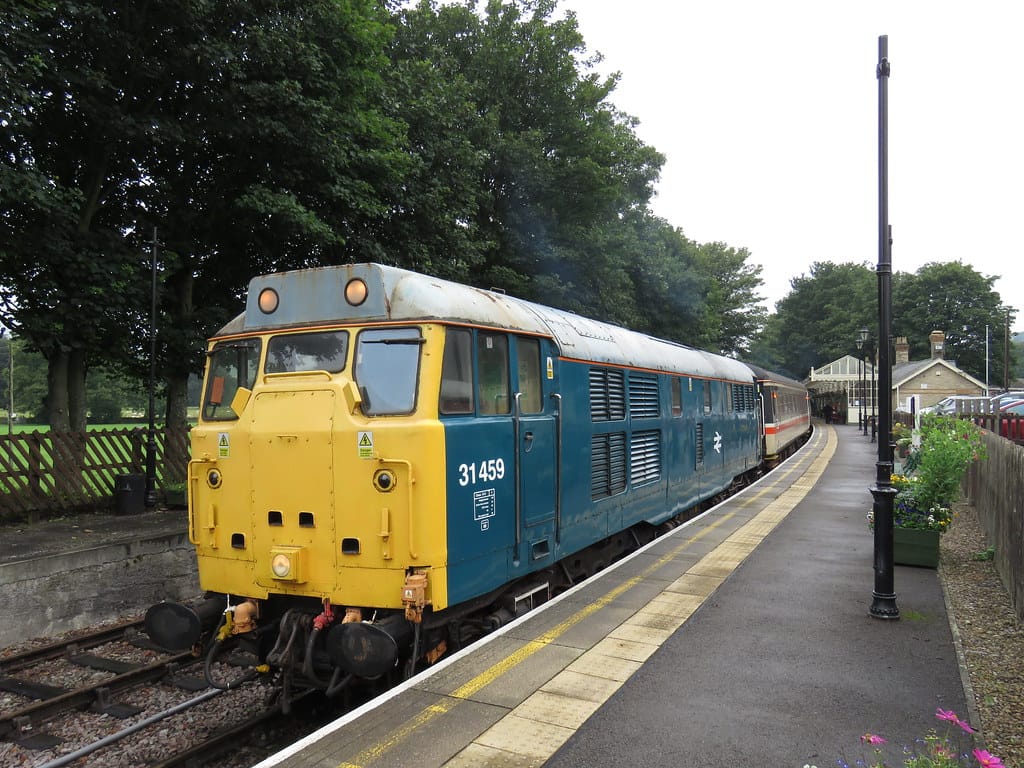
Les Draisines de la Molignée trace their origins to the late 19th century, when Belgium’s industrial expansion led to the construction of a railway line through the Molignée Valley. This line was designed to connect isolated villages such as Falaën and Maredsous to the national rail network, facilitating the transport of goods and people. The engineering challenges posed by the valley’s rugged terrain were met with innovative solutions, resulting in a railway that became a vital artery for local economic development[1].
As the industrial era waned and rail traffic declined, the Molignée line was eventually decommissioned. Rather than letting the tracks fall into disrepair, local tourism initiatives repurposed the railway into a recreational attraction. The concept of railbiking—using pedal-powered vehicles called draisines—was introduced, allowing visitors to explore the scenic valley in a unique and eco-friendly way. This transformation preserved the historical infrastructure while giving it a new life as a leisure activity[1].
Today, Les Draisines de la Molignée offer three main routes: 6 km between Falaën and Maredsous, 8 km between Warnant and Falaën, and a combined 14 km route. These paths pass through picturesque villages like Sosoye and historical sites such as the Ruins of Montaigle. The experience blends gentle exercise with cultural discovery, making it popular among families, nature lovers, and history enthusiasts[2].
The railbike attraction has significantly impacted regional tourism. It draws thousands of visitors annually, contributing to the local economy and promoting sustainable travel. Nearby landmarks, including the Benedictine Abbey of Maredsous and the Gardens of Annevoie, are often included in group excursions, enhancing the cultural value of the experience[3]. The draisines have become a symbol of Wallonia’s ability to creatively reuse its industrial heritage.
In essence, Les Draisines de la Molignée represent a successful fusion of history, nature, and innovation. By transforming a defunct railway into a vibrant tourist attraction, the region has preserved its past while embracing a sustainable future. This AI-generated summary highlights how a simple idea—pedaling on old tracks—can become a memorable journey through time and landscape.